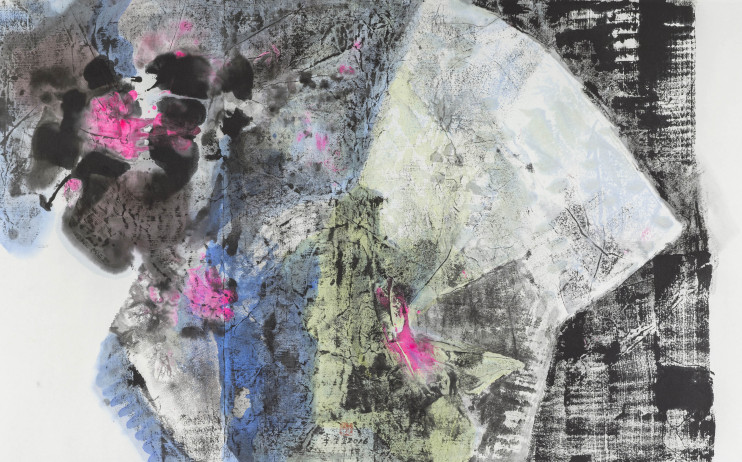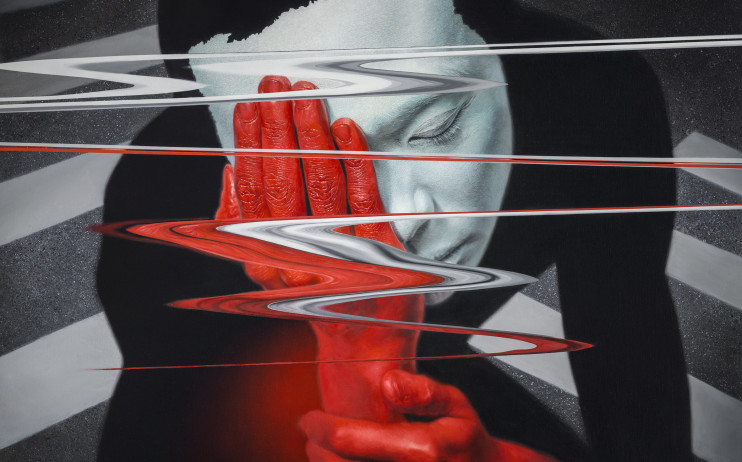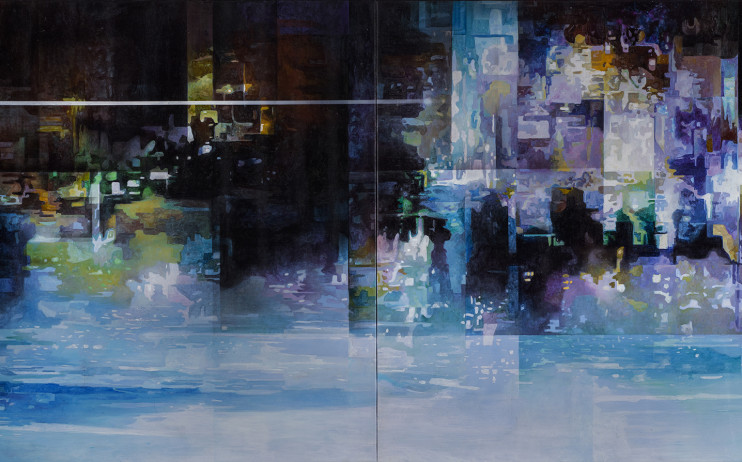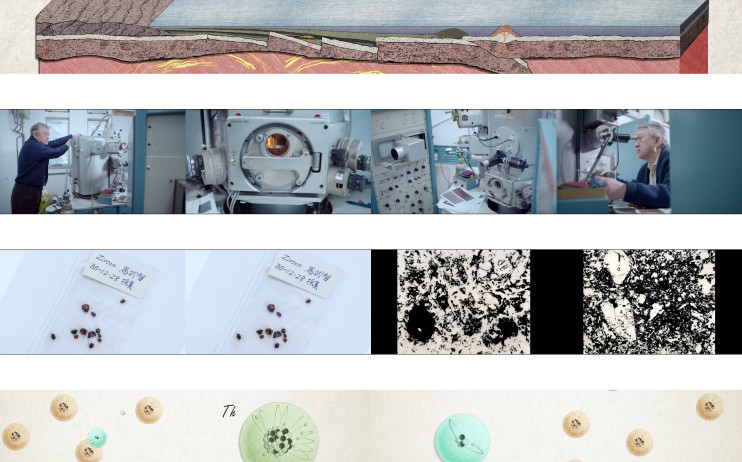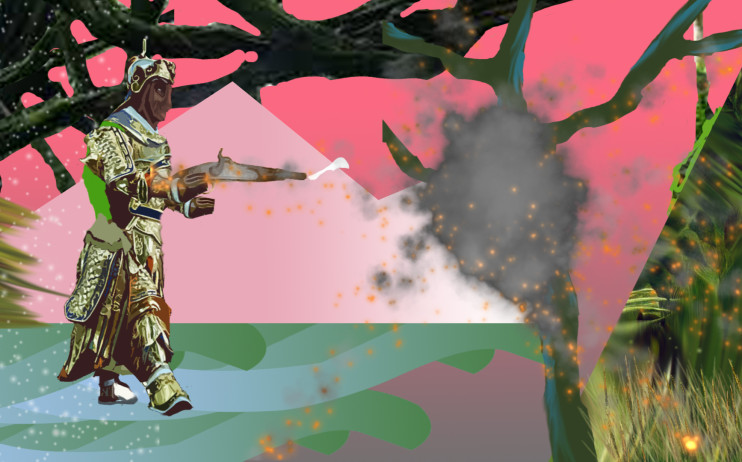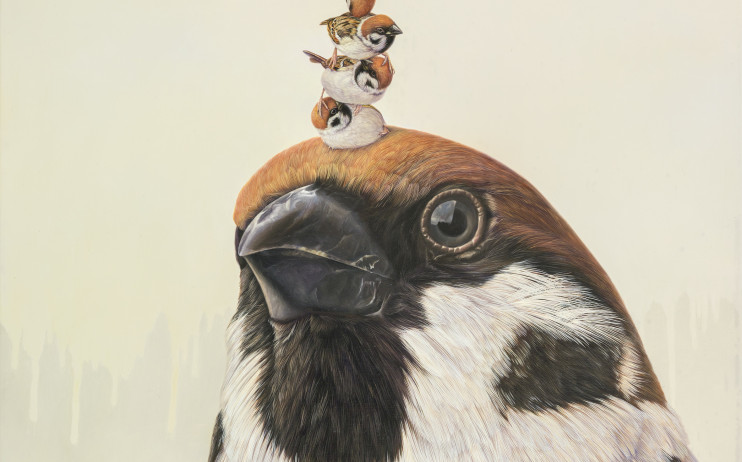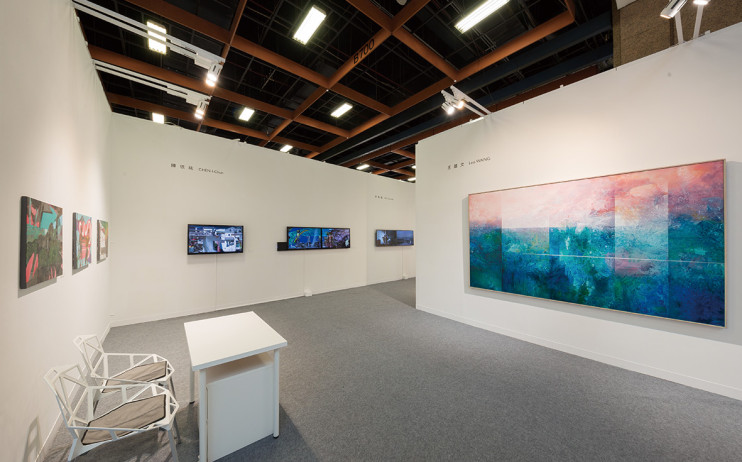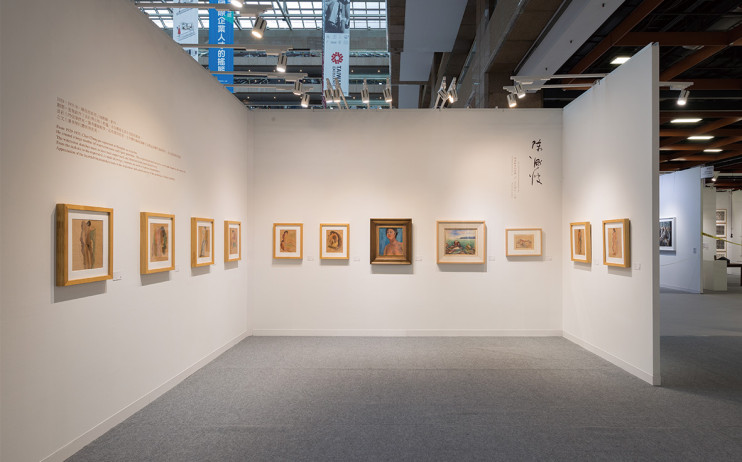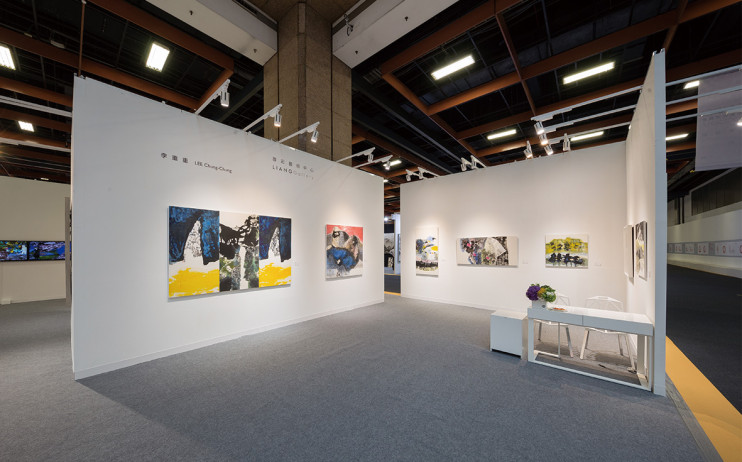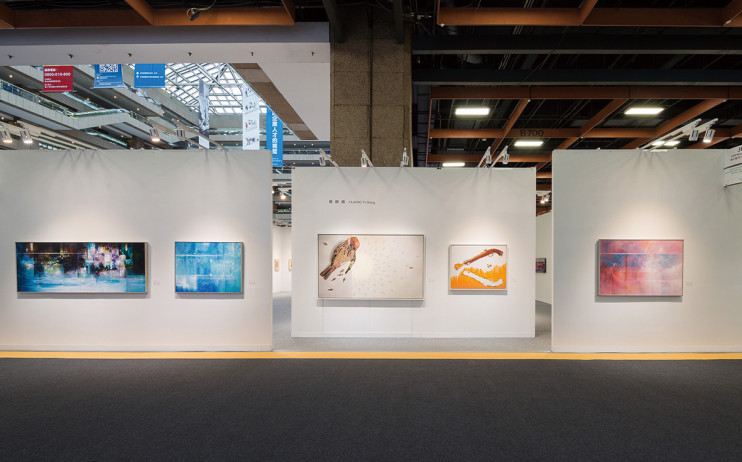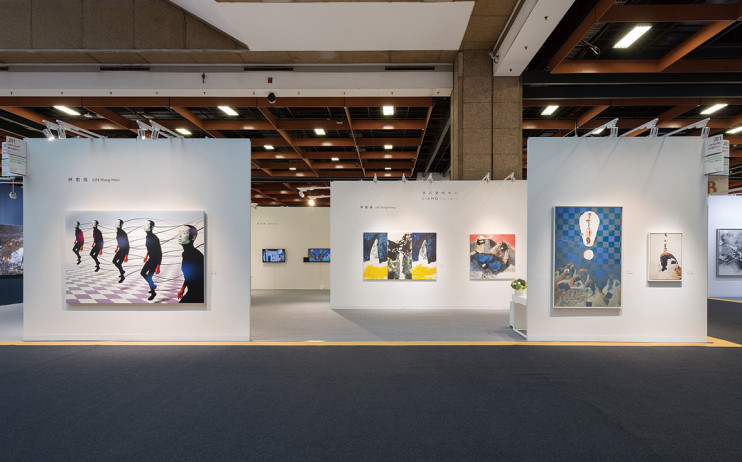2017 Art Taipei
- 九月 12, 2017
- Art Fairs, CHOU Tai-Chun, HSU Chia-Wei, LEE Chung - Chung, Leo WANG, Local Art Fairs
- Preview: 2017.10.19 Thur. 12:00
- Opening Time:
2017.10.20 Fri. – 2017.10.23 Mon. (11:00-19:00) - Booth: J01
- Artist: CHEN Cheng-Po, LEE Chung-Chung, LIN Hung-Hsin, HSU Chia-Wei, CHEN I-Chun, HUANG Yi-Sheng, Leo WANG, CHOU Tai-Chun
- Venue: Taipei World Trade Center, Hall 1 (No.5, Sec. 5, Xinyi Rd., Taipei, Taiwan)
Taiwan is an island profoundly influenced by marine culture and multiple ethnic groups. As a result, it has developed an open, pluralistic and prosperous society over a period of time. At Art Taipei 2017 Liang Gallery is presenting classic works by Chen Cheng-po, post-war abstract works by Lee Chung-Chung, contemporary works by Lin Hung-Hsin, Leo Wang, Huang Yi-Sheng, Chou Tai-Chun, and video works by Hsu Chia-Wei and Chen I-Chun. The curated project unfolds the results of nearly a hundred years of Taiwanese art.
Starting from the Japanese colonial period in 1920, the first generation of Taiwanese artists traveled to Tokyo in Japan and Paris in France to advance their studies and expand their international perspective. Chen Cheng-po, one of the most significant artists in Taiwan’s history, traveled to Japan in 1924 to study. He was the first Taiwanese painter whose work was selected for inclusion in the “Imperial Art Exhibition of Japan.” From 1929 to 1933 he lived and taught in Shanghai while actively participating in important art movements in China. In 1933, Chen returned to Taiwan where the 228 Incident in 1947 claimed his life. He became known as a master of art due to his contribution to the local art scene. A selection of the works on display are the figure watercolor paintings from the Shanghai period in the 1930s. These paintings reflect the keen participation of Taiwanese artists in Chinese new art movements and the painting style of the time. After more than eighty years, it is a rare opportunity to see again these figure watercolors painted with ease and grace.
Lee Chung-Chung was born in 1942 in Anhui, China. She came to Taiwan with her parents. In 1968, Lee joined Chinese Ink Painting Study Association founded by Liu Kuo-Sung where she developed a style of ink painting permeated with modernity and zeitgeist. Lee applied the growth and expansion of ink as well as automatism to create a seemingly vigorous circulation in her works. Bright colors, according to the artist, are meant to feature the same vibration as “an elephant stomping its feet.” Her unique style has let her establish a solid position in Taiwanese abstract ink painting.
Art in Taiwan from as early as 1930 to 2017 has been filled with the elements of cultural and social pluralism, also freedom of thought that reflects in the artistic achievements. Artists often apply different media in their creative practice to manifest and fully express their views towards society.
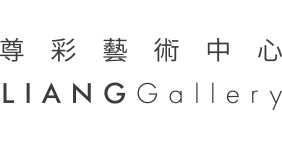
_1932_淡彩、鉛筆、紙本_36x26cm-742x462.jpg)
